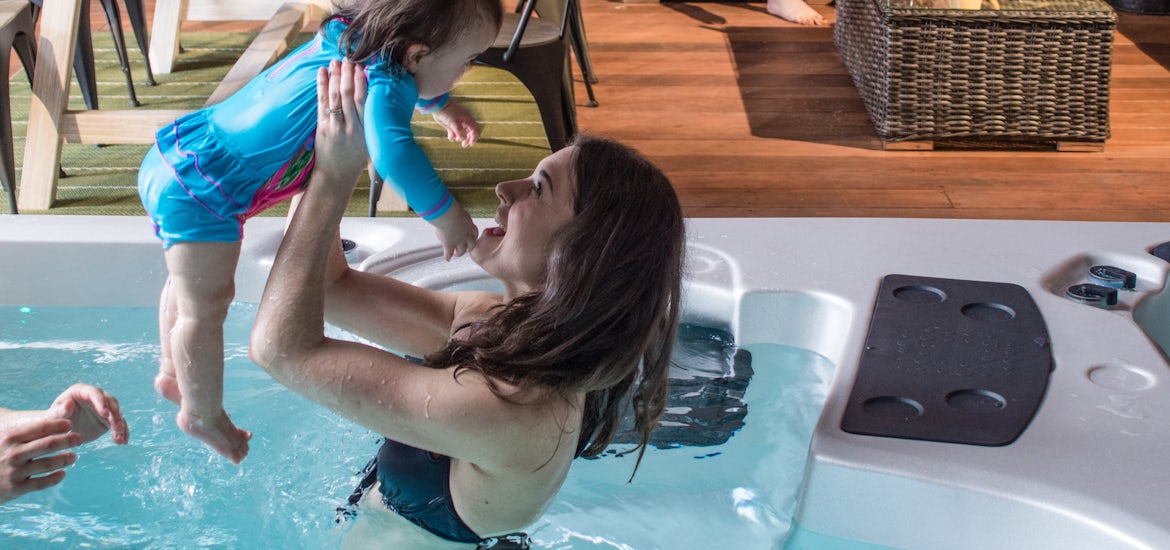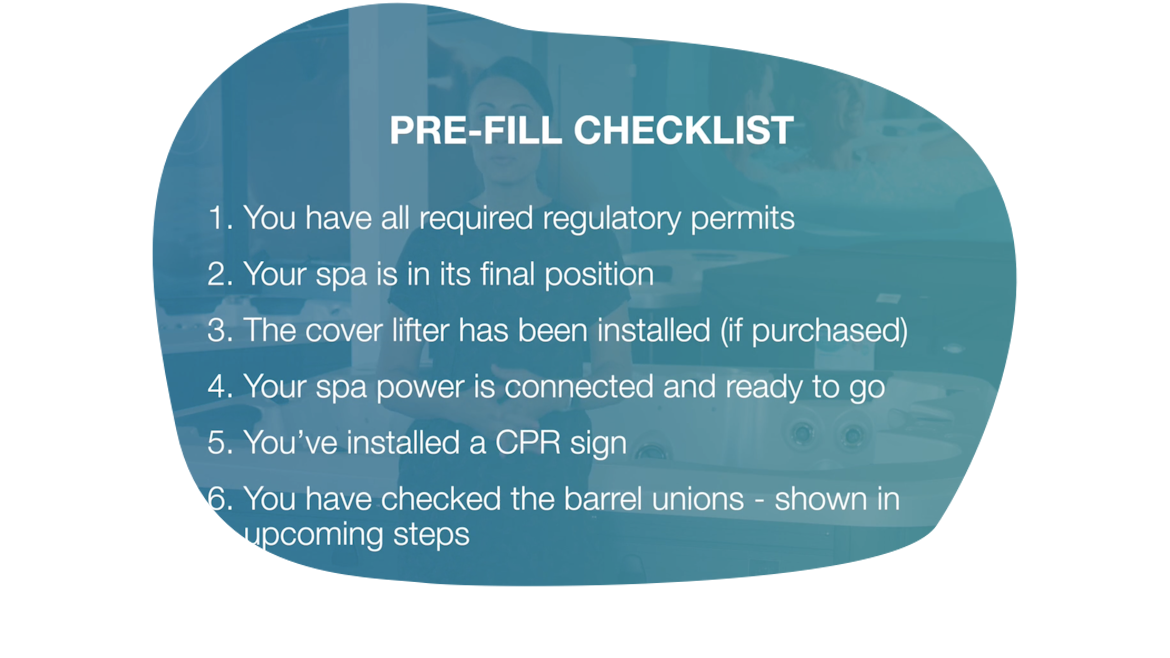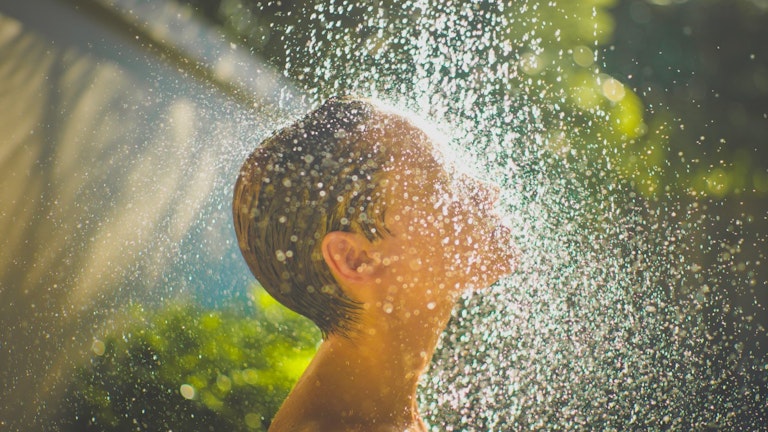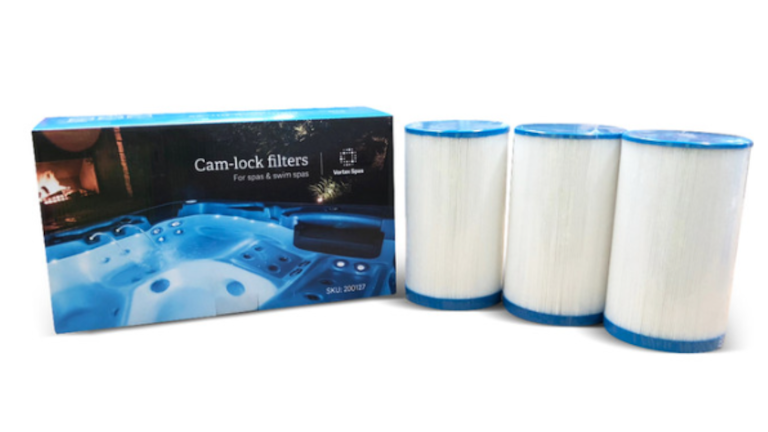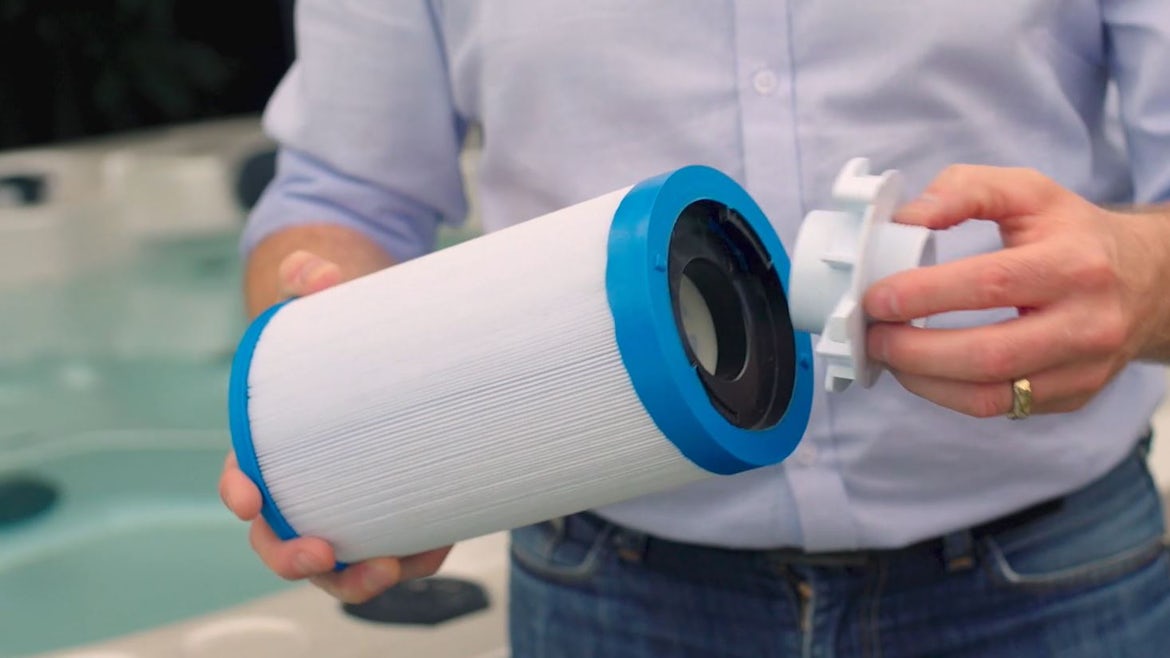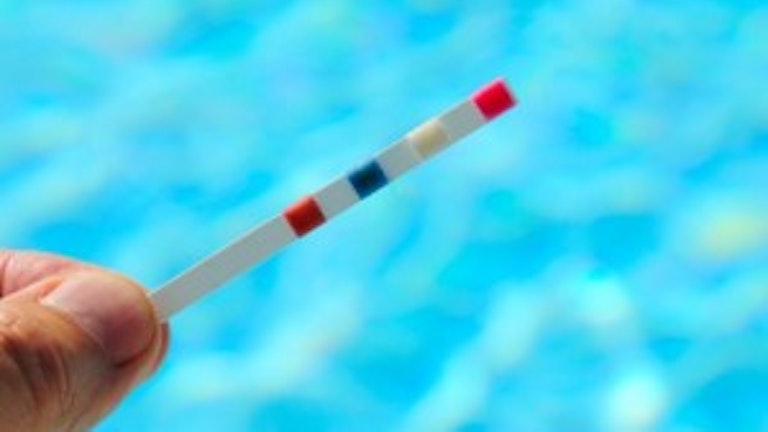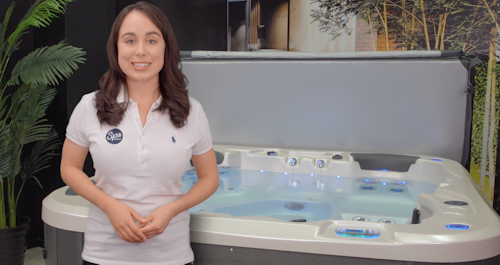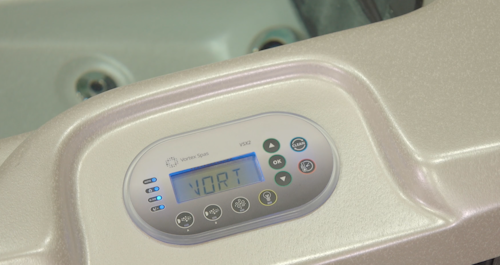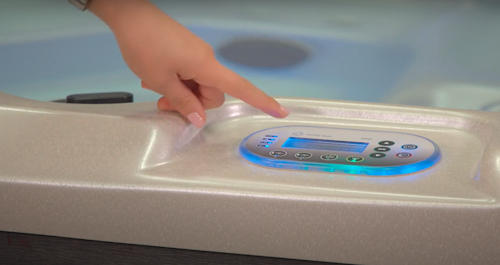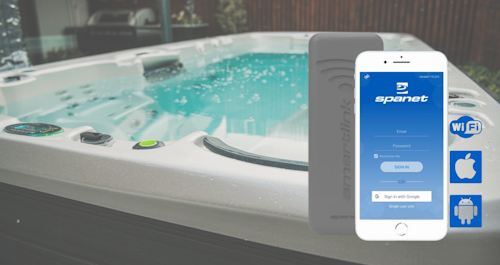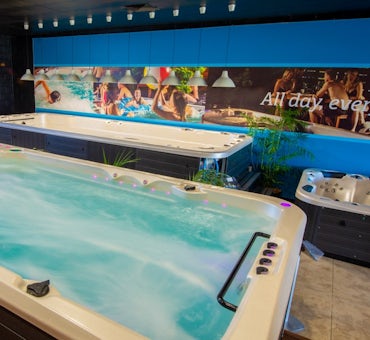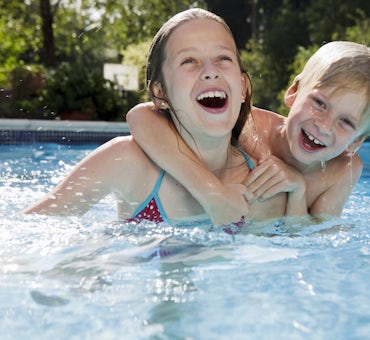How to look after your spa water
This guide explains the key things you need to know about spa water maintenance, spa chemicals, water treatment, and how to look after your spa water.
Please note; the recommendations in this article are guidelines only. You should always follow dosage and safety instructions on your chemical containers.
What is included in this guide:
- Quick Start-up Guide – How to prepare the water after filling your spa
- Routine Maintenance Guide – How to maintain your spa water
- Which spa chemicals to use
- Chemical safety and what not to do
- Top 5 water care tips to reduce chemical use
